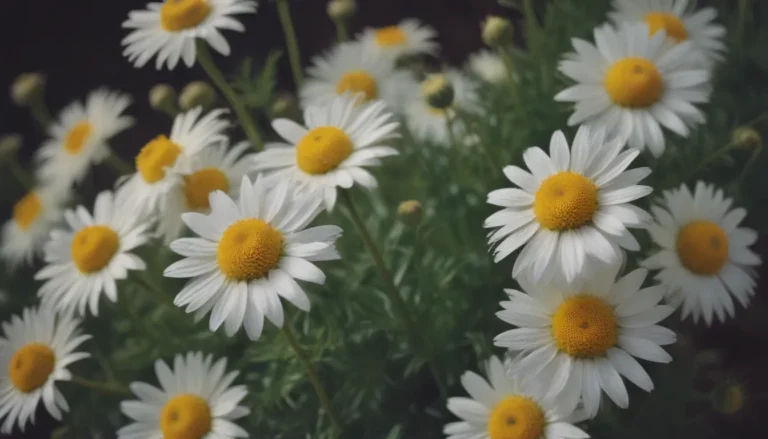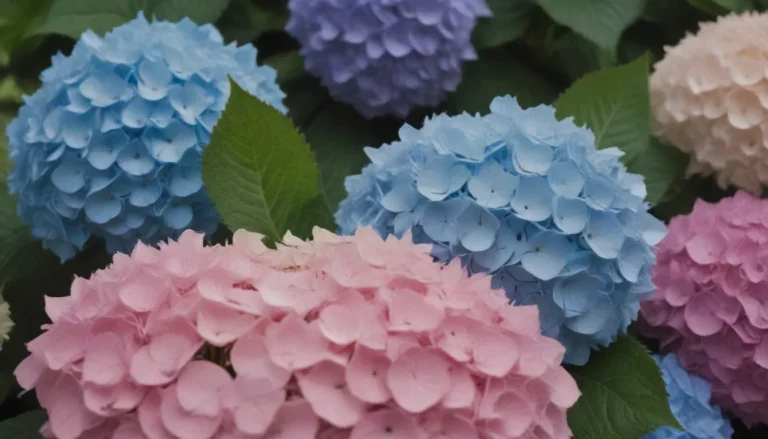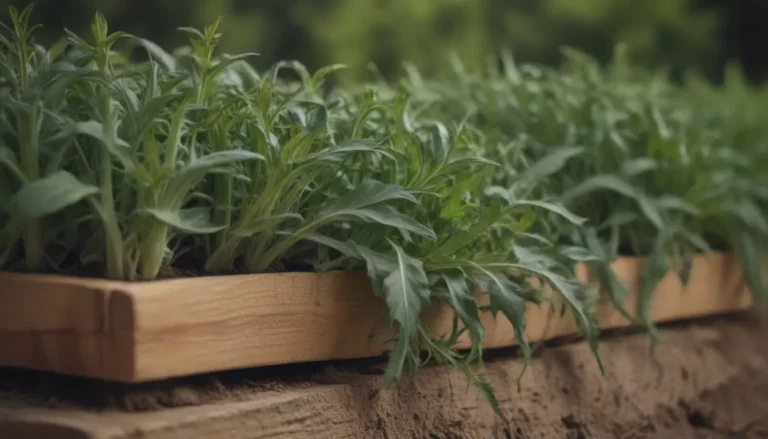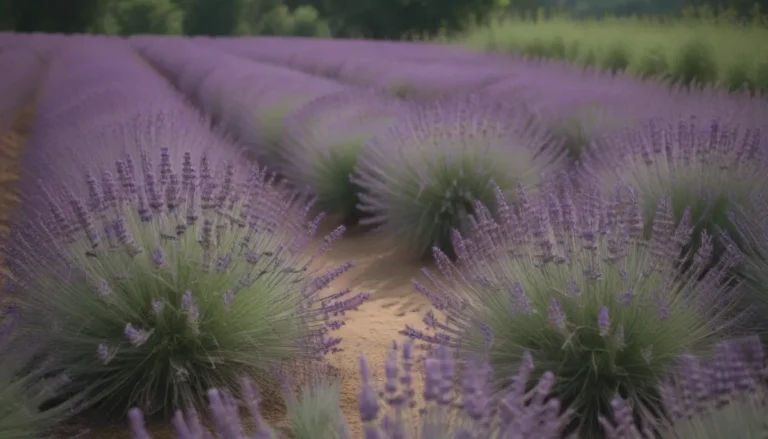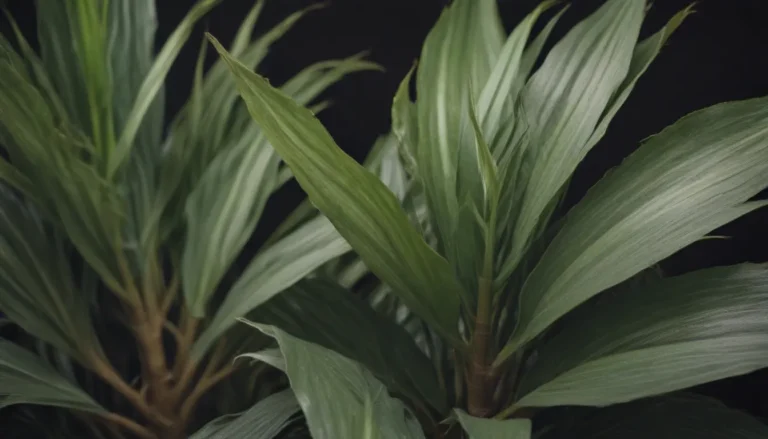The Ultimate Guide to Starting and Planning Your Garden
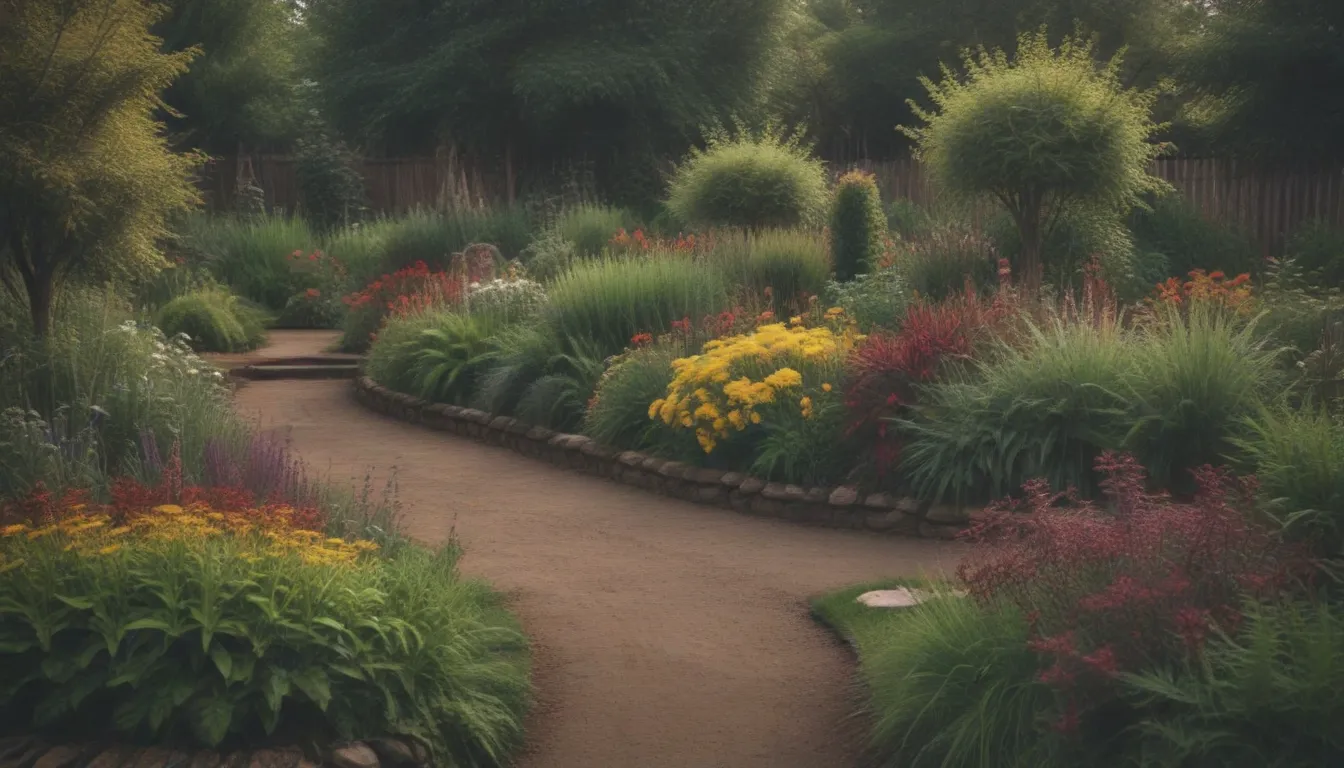
Are you ready to embark on the rewarding journey of gardening? Starting a garden can be a fulfilling experience that not only provides you with fresh produce and beautiful flowers but also helps you develop a deeper understanding of horticulture. Whether you’re a beginner or a seasoned gardener looking to expand your knowledge, this guide will walk you through the essential steps to start and plan a garden from scratch. From choosing the best month to start planting to understanding soil health and companion planting, here are 14 pre-planning steps to set you up for gardening success.
Choose the Best Month to Start Your Garden
Before you dive into the world of gardening, it’s crucial to choose the right time to start planting. Typically, seeds and plants are put in the ground in early spring as soon as the soil has thawed, and there’s no longer a risk of frost. However, some plants may require planting in mid-spring, early summer, late summer, or fall, depending on your hardiness zone. Understanding your zone and the optimal planting times will ensure that your plants thrive in their environment.
- Tip: Some plants, like lettuce, can be planted in the cooler temperatures of both spring and fall.
Learn About Hardiness Zones
Knowing your USDA hardiness zone is essential when selecting plants for your garden. The hardiness zone map divides the United States into 13 areas based on cold temperature tolerance. This information will help you choose plants that are well-suited to your region, ensuring they have the best chance of thriving in your garden.
Pair Companion Plants
Companion planting involves growing plants near each other that benefit from being in close proximity. By pairing plants with similar sunlight and moisture needs, you can promote optimal growth and health in your garden. Additionally, companion planting can help control insects, improve soil health, and enhance the overall productivity of your plants.
Decide Between Raised Beds or Inground Gardens
When planning your garden, consider whether raised beds or inground gardens are the best option for your space. Raised bed gardening is ideal for those looking to control soil quality and drainage, while inground gardening offers a more traditional approach. Evaluate the pros and cons of each method to determine which one suits your needs and preferences.
- Raised bed gardening pros:
- Better soil control
- Improved drainage
- Reduced weed growth
-
Raised bed gardening cons:
- Initial setup costs
- Limited planting space
-
Inground gardening pros:
- Larger planting area
- Natural soil integration
- Lower initial investment
- Inground gardening cons:
- Limited soil control
- Potential drainage issues
Consider Vertical Gardening
For gardeners with limited space or those living in urban environments, vertical gardening offers a creative solution. Planting succulents, flowering vines, ornamental grasses, fruits, and vegetables on fences, walls, or vertical planters can maximize your growing area and add visual interest to your space.
Remove Some Grass if Necessary
If space is limited in your garden area, consider removing a portion of the lawn to create planting beds. Various organic methods, such as sheet mulching, solarization, or manual removal, can effectively eliminate grass and prepare the soil for gardening.
Optimize Garden Soil
Healthy soil is the foundation of a successful garden. Before planting, assess your soil for nutritional problems, pH balance, and type to ensure optimal growth for your plants. Adding compost to your soil can improve its quality and provide essential nutrients for plant growth.
- Nutritional problems:
- Test soil for deficiencies
- Add organic matter or fertilizers as needed
- Incorrect soil pH:
- Adjust pH levels for specific plants
- Use amendments to correct pH imbalance
- Incorrect soil type:
- Ensure soil drainage and porosity are suitable for plants
- Consider raised beds for poor soil conditions
Select the Right Plants
When choosing plants for your garden, consider their specific requirements and compatibility with your growing conditions. Whether you’re selecting herbaceous annuals, perennials, woody trees, shrubs, vegetables, fruits, or herbs, research each plant’s needs to ensure they thrive in your garden environment.
Design the Garden
Designing your garden layout involves considering factors such as plant size, form, line, texture, and color. Arrange plants based on their mature size, form characteristics, and visual appeal to create a cohesive and visually pleasing garden space.
- Mature Size:
- Organize plants based on their height and spread
- Place taller plants at the back and shorter plants in the front
- Form:
- Consider the shape and structure of plants when arranging them
- Use geometric forms for a formal look and irregular forms for a casual aesthetic
- Line:
- Utilize plant structure and direction to create visual lines in the garden
- Straight lines for a formal look, curved lines for a casual feel
- Texture:
- Incorporate plants with varying textures for visual interest
- Mix fine and coarse textures for a dynamic garden design
Choose a Color Palette
Color plays a significant role in garden design, influencing the overall mood and aesthetic of the space. Select plants with foliage and flower colors that complement each other to create a cohesive and visually appealing color scheme in your garden.
- Warm and Cool Colors:
- Use warm colors for a vibrant and energizing effect
- Cool colors for a calming and relaxing atmosphere
- Unity and Contrast:
- Create unity by selecting colors within the same family
- Add contrast with complementary colors for visual impact
Use Proper Planting and Transplanting Techniques
Proper planting techniques are essential for the successful establishment of your plants. Whether planting seeds or potted nursery plants, follow guidelines on planting depth, spacing, and watering to ensure healthy growth. Additionally, understand the soil temperature requirements of your plants to determine the optimal planting time.
Understand Weeds
Weeds are a common challenge in gardening, but not all plants classified as weeds are harmful. Familiarize yourself with common weeds and learn to distinguish them from desirable plants. Implement strategies to control weeds effectively, such as landscape fabric, mulch, or manual removal, to maintain a weed-free garden.
Install Landscape Fabric
Landscape fabric can be a valuable tool for weed prevention in your garden beds. By laying landscape fabric over the planting area, you can block sunlight and inhibit weed growth. Cut holes in the fabric to accommodate your plants and cover it with mulch for a tidy and low-maintenance garden bed.
Control Pests
Pest management is a crucial aspect of gardening, as pests can damage plants and reduce yields. Take preventive measures by selecting pest-resistant plants and implementing natural pest control methods. Understand the importance of maintaining a diverse ecosystem in your garden to promote beneficial insects and maintain a healthy balance.
Gardening Tips and Tricks:
- When starting your garden, begin small and gradually expand as you gain experience.
- Keep a gardening journal to track plant growth, blooming times, and maintenance tasks.
- Regularly monitor your garden for pests, diseases, and nutrient deficiencies to address issues promptly.
- Experiment with different plant combinations and garden designs to discover what works best in your space.
- Stay informed about local climate conditions, seasonal changes, and gardening trends to optimize your garden’s success.
By following these 14 pre-planning steps, you can kickstart your gardening journey with confidence and create a vibrant and thriving garden space. Whether you’re cultivating a cutting garden, wildflower garden, vegetable and herb garden, or butterfly garden, the key is to start with a solid plan and nurture your plants with care. Embrace the joys of gardening as you watch your garden flourish and transform into a beautiful sanctuary of nature right outside your doorstep. Happy gardening!
